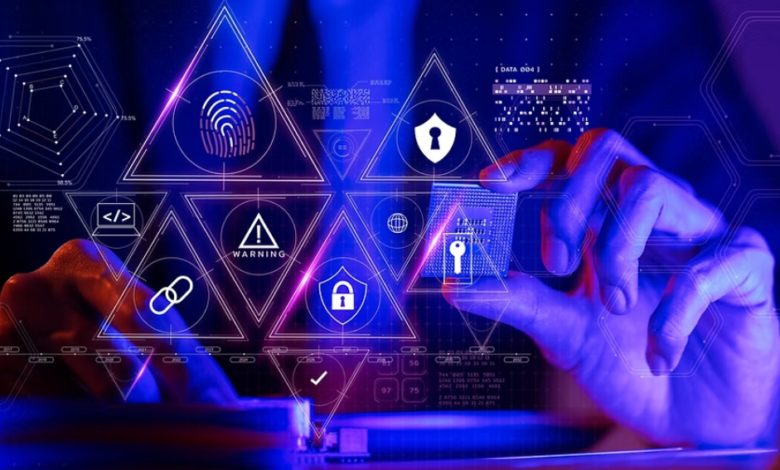The Company Risk Register Needs a Makeover: From Static Record to Real-Time Intelligence

Historically, the Company Risk Register has always been considered an administrative box to check—updated only when an audit is approaching and otherwise ignored. With everything going on in Australia and the way risks are managed, this method is not just dated—it is downright reckless. The rapidly evolving landscape of new risks such as cybercrimes, ESG obligations and asymmetric regulatory shifts necessitates a comprehensive reevaluation of how risk registers are approached.
Australian organizations now need to rethink their Company Risk Register. It must be treated as a real-time, flexible, responsive tool integrated in strategic processes and not a passive checklist of potential issues. With modern risk and compliance software, this transformation is easier than ever.
Why Static Registers No Longer Work in the Australian Context
Risk environments have become more dynamic and less predictable. The race and innovation of technology has become increasingly popular, along with data breaches, natural disasters, audit compliance regulation change, and geo-political unrest.
Traditional methods of compiling risks through company registers stored in outdated spreadsheets or legacy systems simply cannot keep pace with this rapidly changing paradigm. Businesses that log risks but fail to evaluate them or rate risks but do not reassess over time lose crucial visibility and control over threats that can disrupt day-to-day operations, finances, and damage credibility.
Even worse, when these registers are managed by a compliance officer or the risk team, they often operate in a silo and fail to communicate with other departments. This leads to a fragmented structure within the organization, resulting in a lack of accountability, missed critical signals, and insufficient coordination between different departments.
See also: Revolutionising Skincare: The Rise of LED Neck Masks
Transforming the Risk Register into a Strategic Resource
Enterprising Australian companies are now treating the Company Risk Register as more than just a compliance document. It is now a hub of risk intelligence and serves as a live resource for executive dashboards, intra-departmental collaboration, and even board-level reporting.
This transformation shifts the objective of the register. Instead of a simple inventory of threats to be avoided, it becomes an instrument that helps in the identification of strategic risks that are worth taking. A well-maintained register, for example, can help pinpoint areas where inadequate staffing might compromise a new digital rollout or where a third-party vendor might impact ESG performance. It helps answer critical questions and, therefore, enables sound, evidence-based decision-making by organizational leaders.
The Importance of Risk and Compliance Software in Digital Transformation
For Australian companies seeking to modernise their methodologies, current risk and compliance software systems offer beneficial functionalities. These include:
– Live updates on the status of risks, controls, owners, and ratings.
– Automatic adjustment workflows for updates, reviews, and escalations.
– Integration with compliance requirements, incident management, and audits.
– Cross-departmental access fostering shared responsibility and collaboration.
– Customized dashboards and heat maps for executives, managers, and auditors.
By automating the risk register, compliance software turns what used to be a static document into a dynamic asset. Most importantly, such tools help anticipate risks alongside measuring the effectiveness of mitigation actions.
Due to recently enacted protective laws regarding data governance, ESG reporting, and cyber regulations, Australia has become increasingly responsive to risk management.
Integrating Risk into Daily Business Activities
Another challenge involves ensuring that the risk register aligns with the operations of the company, especially for Australian companies. Risk areas tend to be compartmentalised: IT, finance, HR, compliance, each with their own separate documents, resulting in minimal collaboration or transparency.
Through the use of risk and compliance software, Australian firms can create linked departmental registers while ensuring a common lexicon for risk is employed, automatic compliance scoring integration, and unifying the risk framework across all business units.
Every team may not necessarily turn into a risk management specialist, but there is a transformation that ensures each team understands the necessity of managing, owning, and escalating risks. That change represents a significant shift from risk being regarded as the sole responsibility of “compliance.”
Defensive Actions To Take Ahead Of An Event
The digitally interconnected Australian economy is a developing one, with new technologies emerging every day. Local and international scrutiny is at a rise. According to research by the University of Melbourne, analysing and responding to business risks is vital for optimal performance. As time goes on, this will be a major factor influencing competition.
With risk and compliance software, the Company Risk Register can exceed merely supporting governance. It can aid in making informed proactive decisions, supporting operational resilience, and protecting long-term value while simultaneously supporting agile processes.
In Closing
The Company Risk Register should no longer remain the neglected artifact retrieved yearly for compliance audits. It’s time to think of it as a modern Australian business’s strategic compass and treat it as a living document seamlessly integrated into the operational ecosystem, guiding intricate, real-time decisions.
For businesses looking to modernize, risk and compliance software provides the structure and capabilities to transform a register from merely a static list into an active decision-making engine.




